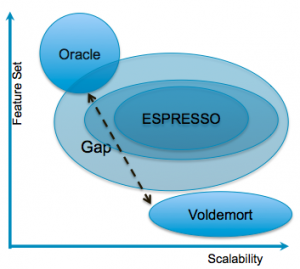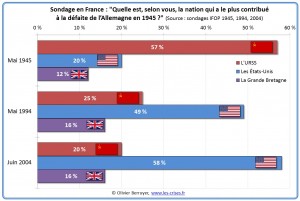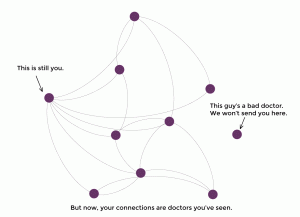Comparative Oriental Manuscript Studies: An Introduction edited by: Alessandro Bausi (General editor), et al.
The “homepage” of this work enables you to download the entire volume or individual chapters, depending upon your interests. It provides a lengthy introduction to codicology, palaeography, textual criticism and text editing, and of special interest to library students, cataloguing as well as conservation and preservation.
Alessandro Bausi writes in the preface:
Thinking more broadly, our project was also a serious attempt to defend and preserve the COMSt-related fields within the academic world. We know that disciplines and fields are often determined and justified by the mere existence of an easily accessible handbook or, in the better cases, sets of handbooks, textbooks, series and journals. The lack of comprehensive introductory works which are reliable, up-to-date, of broad interest and accessible to a wide audience and might be used in teaching, has a direct impact on the survival of the ‘small subjects’ most of the COMSt-related disciplines pertain to. The decision to make the COMSt handbook freely accessible online and printable on demand in a paper version at an affordable price was strategic in this respect, and not just meant to meet the prescriptions of the European Science Foundation. We deliberately declined to produce an extremely expensive work that might be bought only by a few libraries and research institutions; on the other hand, a plain electronic edition only to be accessed and downloaded as a PDF file was not regarded as a desirable solution either. Dealing with two millennia of manuscripts and codices, we did not want to dismiss the possibility of circulating a real book in our turn.
It remains, hopefully, only to say,
Lector intende: laetaberis
John Svarlien says: A rough translation is: “Reader, pay attention. You will be happy you did.”
We are all people of books. It isn’t possible to separate present day culture and what came before it from books. Even people who shun reading of books, are shaped by forces that can be traced back to books.
But books did not suddenly appear as mass-printed paperbacks in airport lobbies and checkout lines in grocery stores. There is a long history of books prior to printing to the edges of the formation of codices.
This work is an introduction to the fascinating world of studying manuscripts and codices prior to the invention of printing. When nearly every copy of a work is different from every other copy, you can imagine the debates over which copy is the “best” copy.
Imagine some versions of “Gone with the Wind” ending with:
- Frankly, my dear, I don’t give a damn. (traditional)
- Ashley and I don’t give a damn. (variant)
- Cheat Ashley out of his business I suppose. (variant)
- (Lacks a last line due to mss. damage.) (variant)
The “text” of yesteryear lacked the uniform sameness of the printed “text” of today.
When you think about your “favorite” version in the Bible, it is likely a “majority” reading but hardly the only one.
With the advent of the printing press, texts took on the opportunity to be uniformly produced in mass quantities.
With the advent of electronic texts, either due to editing or digital corruption, we are moving back towards non-uniform texts.
Will we see the birth of digital codicology and its allied fields for digital texts?
PS: Please forward the notice of this book to your local librarian.
I first saw this in a tweet by Kirk Lowery.


